Books
The Blood Book by John Bingley Garland
Read the fully story here, with all the illos.
Posted By: Paul - Wed Sep 28, 2022 -
Comments (1)
Category: Eccentrics, Outsider Art, Books, Nineteenth Century, Blood
Magical Healing Powers of Blue Light
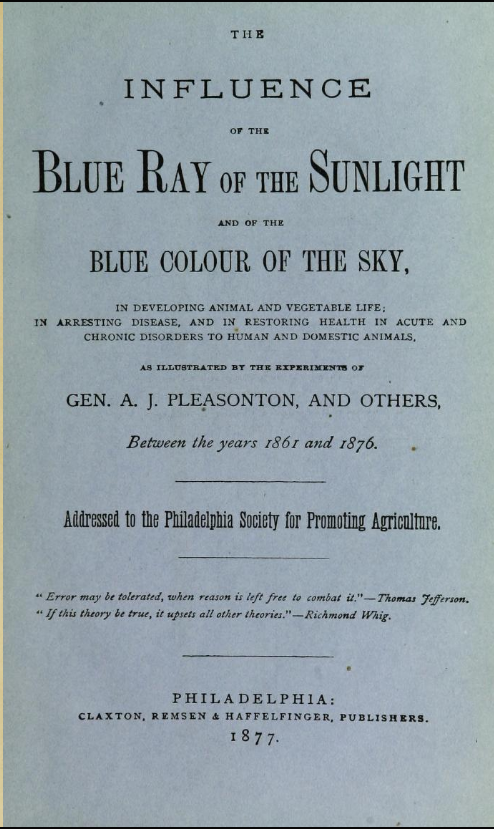
Read the whole thing here.
Posted By: Paul - Fri Aug 26, 2022 -
Comments (0)
Category: Patent Medicines, Nostrums and Snake Oil, Books, Nineteenth Century
Kings Dethroned
Did you know our Sun was only 13,000 miles distant?Read it here.
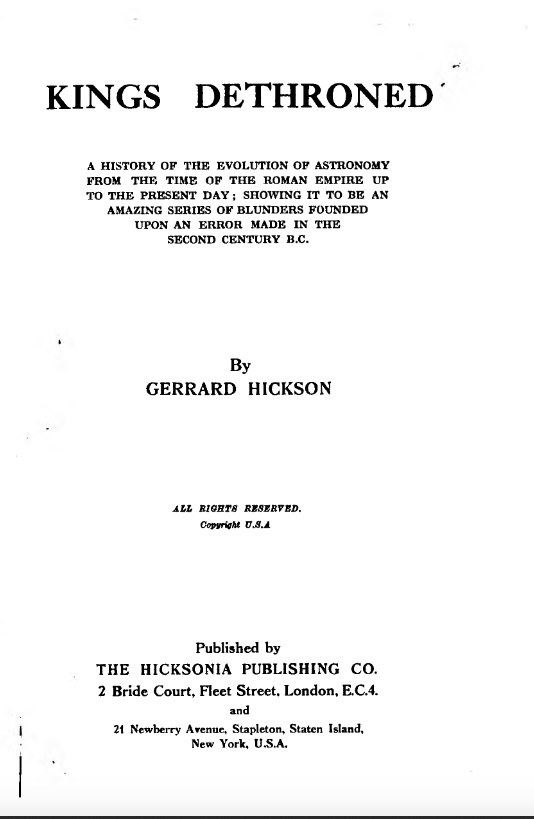
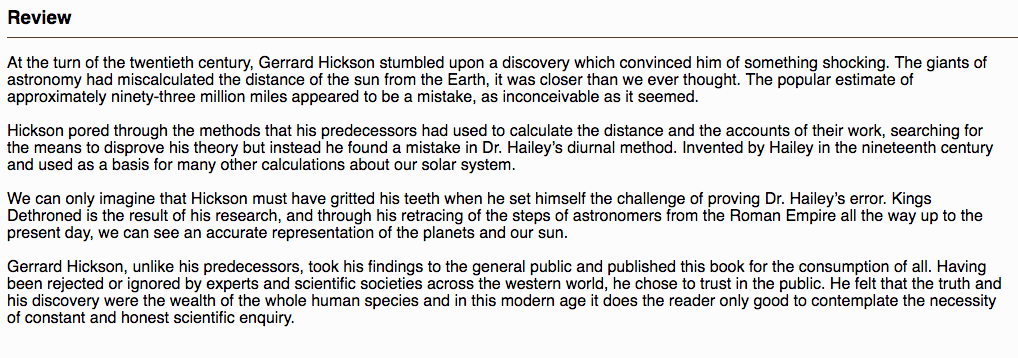
Posted By: Paul - Thu Aug 25, 2022 -
Comments (1)
Category: Eccentrics, Spaceflight, Astronautics, and Astronomy, Books
Fifteen Thousand Useful Phrases
Are you ever at a loss for words? Then this book is for you!


Posted By: Paul - Sat Jul 02, 2022 -
Comments (1)
Category: Excess, Overkill, Hyperbole and Too Much Is Not Enough, Rhetoric, Eloquence, Public Speaking, and Vocabulary, Books, 1910s
Cannery Row in a can
Created by artists Peter and Donna Thomas in 2003.Info from UW Milwaukee library:

Posted By: Alex - Tue May 17, 2022 -
Comments (3)
Category: Art, Books
How to get a teenage boy
"step-by-step stalking strategy"More info: flashbak.com
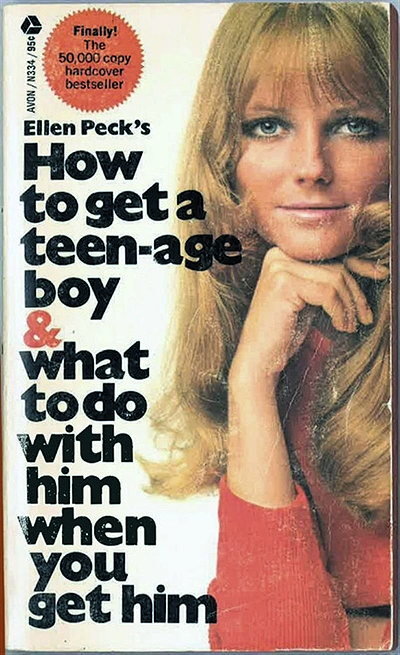
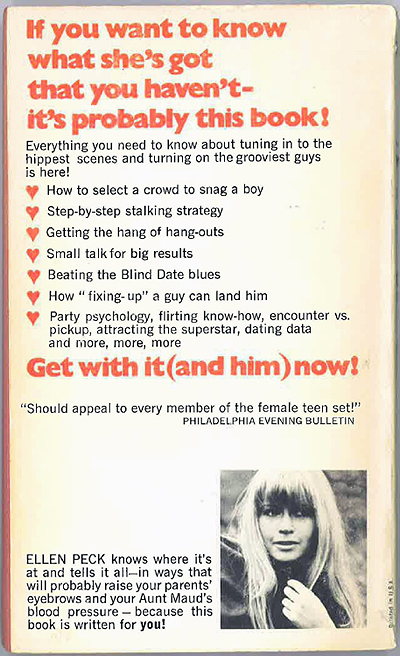
Posted By: Alex - Sat May 14, 2022 -
Comments (0)
Category: Teenagers, Books, 1960s, Love & Romance
The New Century Standard Letter-Writer
You might have fun browsing through this book on correspondence.
The section on Love Letters is lots of fun.

Also, for some reason there are four pages on Etiquette, reproduced below. I would hope every lady and gentleman among us would follow these enlightened precepts.


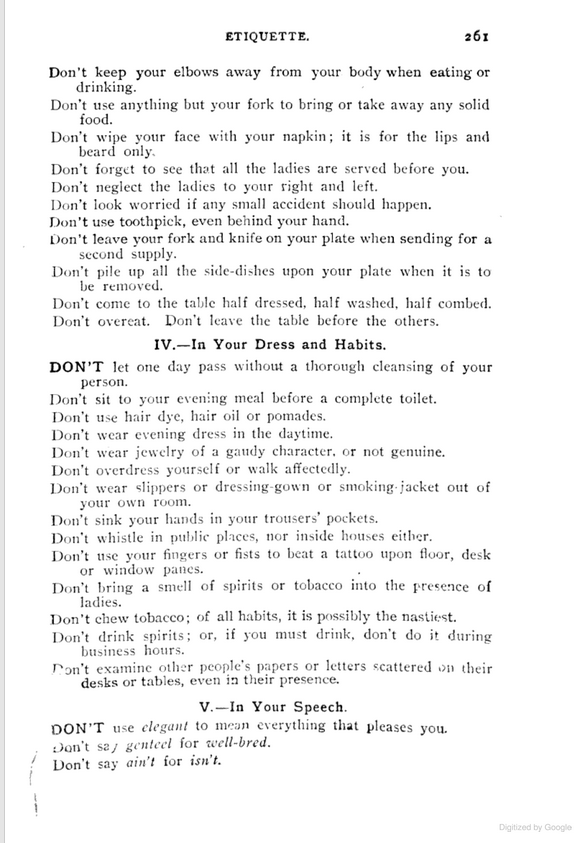

Posted By: Paul - Sun May 01, 2022 -
Comments (5)
Category: Etiquette and Formal Behavior, Correspondence, Telegrams, Letters, and Other Written Communications, Books, 1900s
Death’s Doings
Next time you need cheering up, have a gander at this jolly volume, available at the Internet Archive.
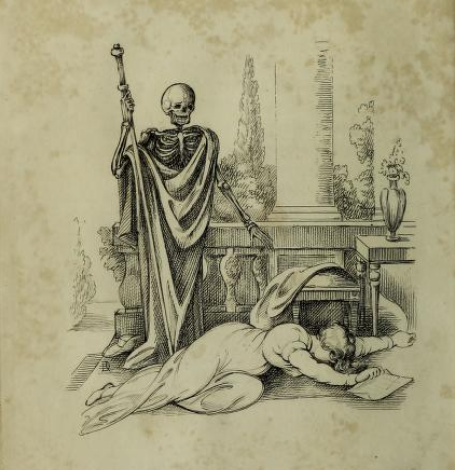
Posted By: Paul - Tue Apr 26, 2022 -
Comments (0)
Category: Death, Books, Nineteenth Century
Ugly Belgian Houses
A chap named Hannes Coudenys has made his hobby of photographing deplorable architecture in his native Belgium into two books.
Click on the book names below to find them at Amazon.
You can read an explanatory essay by him here.
This is his Tumblr page.
His Instagram page.
Ugly Belgian Houses Book One

Ugly Belgian Houses Book Two

Posted By: Paul - Fri Mar 25, 2022 -
Comments (2)
Category: Architecture, Beauty, Ugliness and Other Aesthetic Issues, Books, Europe
Blue Eyeshadow Should Be Illegal
Paula Begoun calls herself "The Cosmetics Cop". And as such she firmly believes that blue eyeshadow is violating some kind of law.You can read the full book (published 1985) at archive.org.


In 1991, she came out with a follow-up: Blue Eyeshadow Should Absolutely Be Illegal. Evidently her feelings on this matter had only grown stronger over time.

Posted By: Alex - Mon Mar 14, 2022 -
Comments (4)
Category: Cosmetics, Books, 1980s

| Who We Are |
|---|
| Alex Boese Alex is the creator and curator of the Museum of Hoaxes. He's also the author of various weird, non-fiction, science-themed books such as Elephants on Acid and Psychedelic Apes. Paul Di Filippo Paul has been paid to put weird ideas into fictional form for over thirty years, in his career as a noted science fiction writer. He has recently begun blogging on many curious topics with three fellow writers at The Inferior 4+1. Contact Us |




